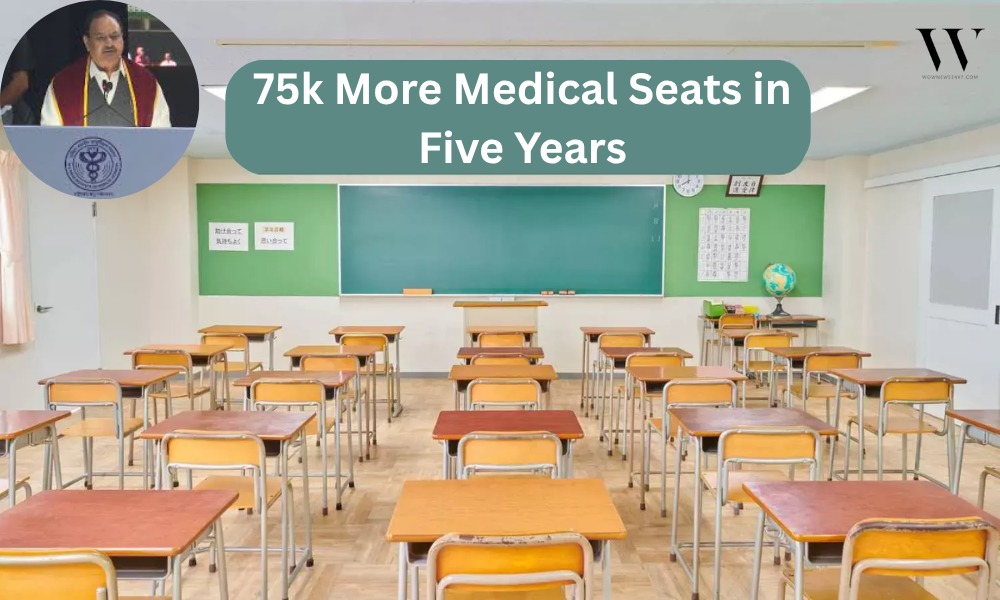Union Health Minister J.P. Nadda announced an ambitious plan to increase medical education capacity by 75,000 seats over the next five years, aimed at addressing the country’s doctor shortage. The announcement was made at the 50th AIIMS convocation, underscoring the government’s commitment to healthcare accessibility and quality medical training.
Addressing the 50th convocation of the All India Institute of Medical Sciences (AIIMS) New Delhi, Union Health Minister J.P. Nadda revealed a groundbreaking plan to add 75,000 more seats in medical colleges across India within the next five years. This massive expansion is designed to bridge the yawning gap between demand and supply of medical professionals in India’s rapidly growing healthcare landscape.
Addressing India’s Doctor Deficit
India’s doctor-patient ratio currently stands below the World Health Organization (WHO) recommended norm, sparking urgent calls to increase the supply of qualified medical professionals. The expansion plan focuses on increasing postgraduate seats in existing and upcoming medical colleges to produce more specialists and general practitioners.
Significant Growth in Medical Education
-
The number of medical colleges in India has surged over the last decade, growing from 387 to 819 institutions, reflecting proactive educational policy reforms.
-
The proposed 75,000-seat increment will primarily target postgraduate medical education, strengthening specialty care availability nationwide.
-
This initiative complements investments in infrastructure upgrades and faculty recruitment to maintain high training standards.
Improving Healthcare Access and Quality
Expanding medical education capacity is a crucial strategy for improving healthcare access, particularly in rural and underserved areas. Specialists trained under this expansion will notably enhance primary and advanced care delivery, easing the burden on existing health systems.
The Road Ahead
Nadda emphasized technology and empathy as twin pillars of modern medical care, urging new graduates to harness innovation without losing the human touch. The government’s holistic approach includes fostering research, telemedicine adoption, and continuous professional development, ensuring that India’s medical education and healthcare services evolve in tandem.
This historic announcement signals the government’s resolve to equip India’s healthcare sector with the human resources necessary to meet the country’s evolving health challenges in the years to come.
Key Highlights
-
Plan to add 75,000 new medical seats within five years unveiled at AIIMS convocation.
-
India’s medical college count nearly doubled over the past decade to 819.
-
Focus on postgraduate seats to boost specialist availability nationwide.
-
Aim to improve doctor-patient ratio and healthcare access, especially in rural areas.
-
Strengthening medical infrastructure, faculty, and training quality paralleled with seat expansion.
-
Emphasis on integrating technology and empathy in healthcare delivery.
Sources: New Indian Express, Hindustan Times, Indian Express, Uni India, Economic Times, The Statesman

